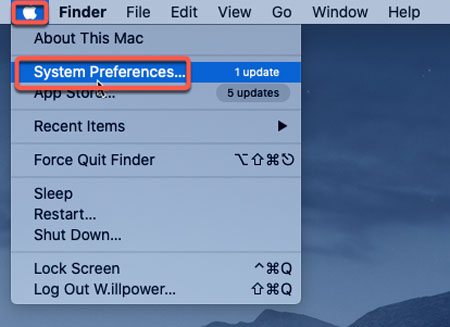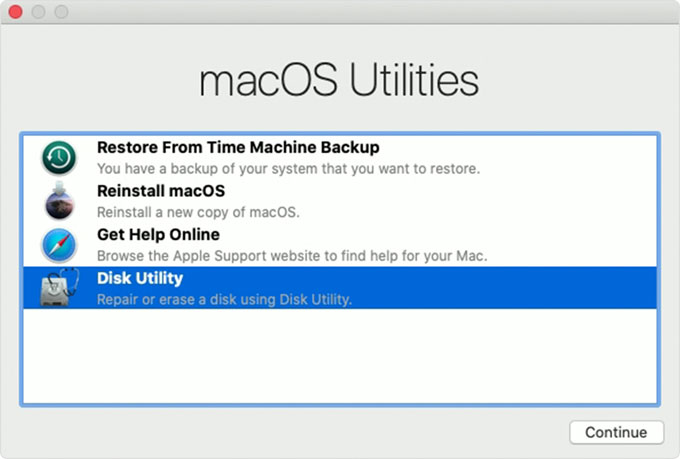How to Fix Mac Starts Up to A Question Mark?
- Mar 05, 2021

If you see a flashing question mark on your Mac’s screen when you boot, it means your Mac can’t find its own system software. Today, let’s take a look at why question marks appear on your Mac when it starts up and how to fix them.
If the question mark is only displayed for a few seconds
If the flashing question mark on your Mac only shows up for a moment and then resumes booting, you may need to re-select your boot disk under System Preferences.
1. From the Apple menu, choose “System Preferences…“, and then click the “Startup Disk“.

2. Click the Disk icon that you normally use to start your Mac. It’s commonly called “Macintosh HD.”
3. Close the System Preferences window.
The Mac should now start up normally without any flashing question marks.
If the Mac fails to boot
If the Mac starts with a flashing question mark and cannot continue booting, try the following steps.
1. Turn off the Mac by holding down its Power button for a few seconds.
2. Press the Power button to turn on the Mac again. Immediately press the Command (⌘) and R keys on the keyboard to boot your Mac from the macOS recovery feature. Hold the two buttons until you see an Apple logo, spinning globe, or other startup screen.3. During startup, select a Wi-Fi network to connect to the Internet if prompted.
4. When the macOS Utilities window appears, select Startup Disk from the Apple menu.

5. Select the boot disk and then click “Restart“.
If you do not see your startup disk in the Startup Disk window, close this window and try the steps in the next sections of this article.
If you do not see your boot disk
If you do not see your boot disk in the Boot Disk window, follow these steps to see if your boot disk requires directory repair.
1. Open Disk Utility from the MacOS Utility window.
2. In the Disk Tools window, select your boot disk (usually named “Macintosh HD”) from the left side of the window.
3. Click the “First Aid” TAB.
4. Click the “Repair Disk” button to verify and fix any problems related to your boot disk.
5. After your disk has been successfully repaired, exit Disk Tools.
6. Select “Boot Disk” from the Apple menu. Select the boot disk, and then click Restart. If you still do not see your Boot Disk, try reinstalling macOS on your Boot Disk. MacOS Catalina for Mac (MacOS 10.15)
If you do not see your built-in boot disk in the Disk Tools window, or if Disk Tools indicates a hardware problem, your Mac may need repair.
Popular Posts
- What Kind of Programs do You Think are Necessary in Windows 10?
- What’s SpyHunter and How to Fix the File Being Quarantined
- How to Forcibly Remove a Program That Won’t Uninstall in Windows
- 3 Tips to Remove a Program that Won’t Uninstall
- How To Uninstall Applications On Windows 10 – Program Removal Guides
- Tutorial: How to Remove & Uninstall Programs / Applications on Windows 7